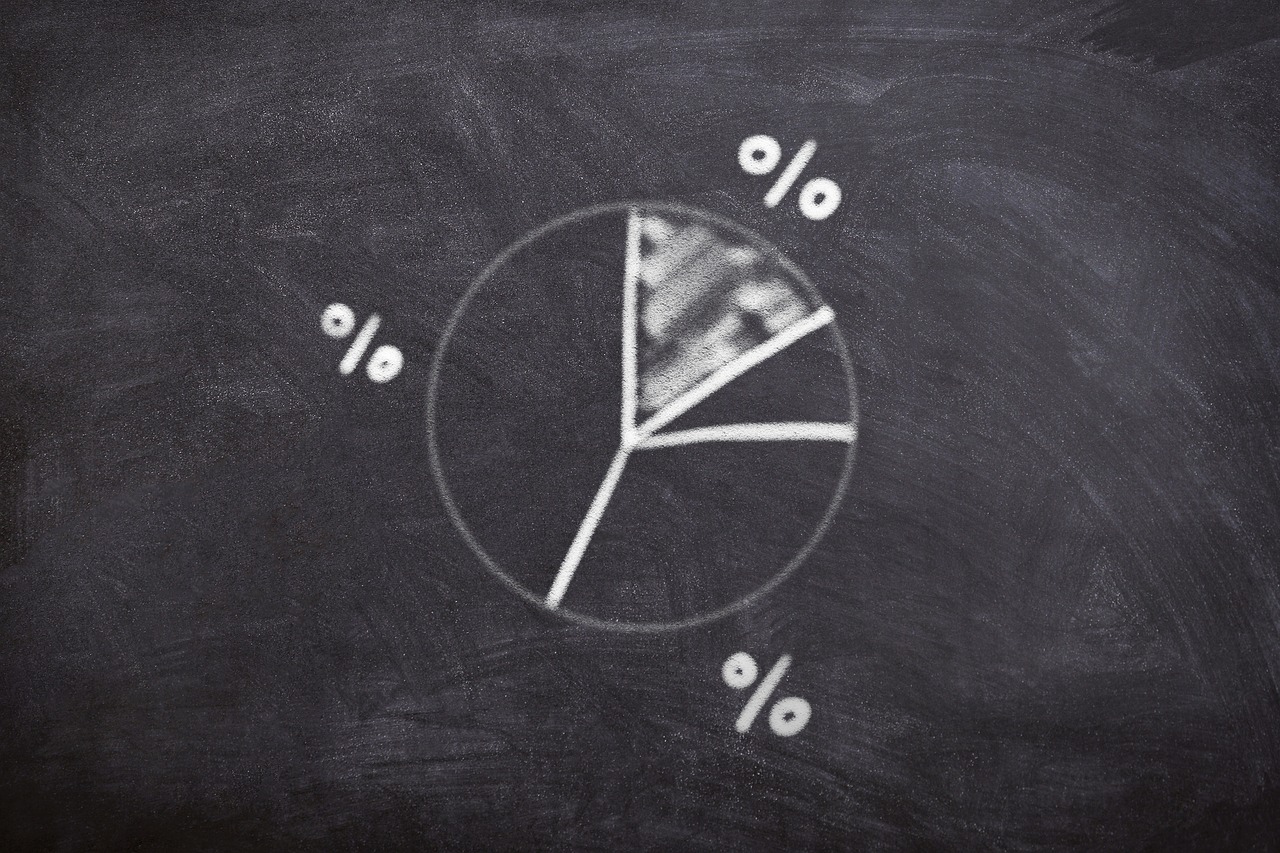Is the one percent rule in real estate a hard-and-fast guide that every investor must follow in order to succeed? Let’s break it down. It’s a useful tool for evaluating real estate cash flow, but it doesn’t necessarily reveal the full investment potential.
In this article, we lift the veil on what the one percent rule of real estate investing looks like and when you can (or shouldn’t) follow it.
What is the one percent rule in real estate?
The one percent rule (aka the “one percent rule”) is a guideline that real estate investors often refer to when evaluating the investment potential of a purchase property.
This rule of thumb states that the monthly rent should be equal to or greater than one percent of the total purchase price of the investment property.
Keep in mind that the one percent rule does not take into account other property expenses such as loan and acquisition fees, closing costs, repairs, maintenance, insurance, property taxes, etc.
Here’s how to calculate whether a property meets the one percent rule:
Lease/purchase price x 100
While the one percent rule is not a benchmark for all investors, it can be a useful tool for quickly assessing a property’s yield. It can also serve as a benchmark for setting rental rates if the property is currently unoccupied.
In practice
The one percent rule is more of a guideline than a rule, and you shouldn’t blindly follow it. Use it as one of the selection tools in the appraisal process, which also takes into account the quality of the property, location and tenants.
We believe that properties that don’t reach the one percent threshold can still have advantages in investment potential.
So if you’re looking at a property that doesn’t quite meet the one percent rule, don’t write it off without considering other fundamental factors that affect your overall rate of return.
These include (but are not limited to):
- Local Market
- Location
- Quality and amenities in the area
- Current tenants
- Condition of the property
- Projected increase in property prices
- Projected rent increases
- Demographic and socioeconomic trends
- Vacancy rate
- Days of Market Exposure
Other real estate expenses
As we mentioned earlier, the one percent rule in real estate does not take into account a number of other expenses.
Here’s our list that describes some of the expenses, and which should be considered when calculating the return on investment:
- Repairs.
- Property taxes.
- Property insurance.
- Mortgage/financing.
- Property management fees.
- Utility costs.
- Maintenance fees.
- Capital costs (larger renovations, additions, etc.)
- Vacancy rates.
At the end of the day, there isn’t just one metric you should look at when evaluating an investment property. Draw up your investment criteria and consider a combination of factors that will help you make your buying decision.
